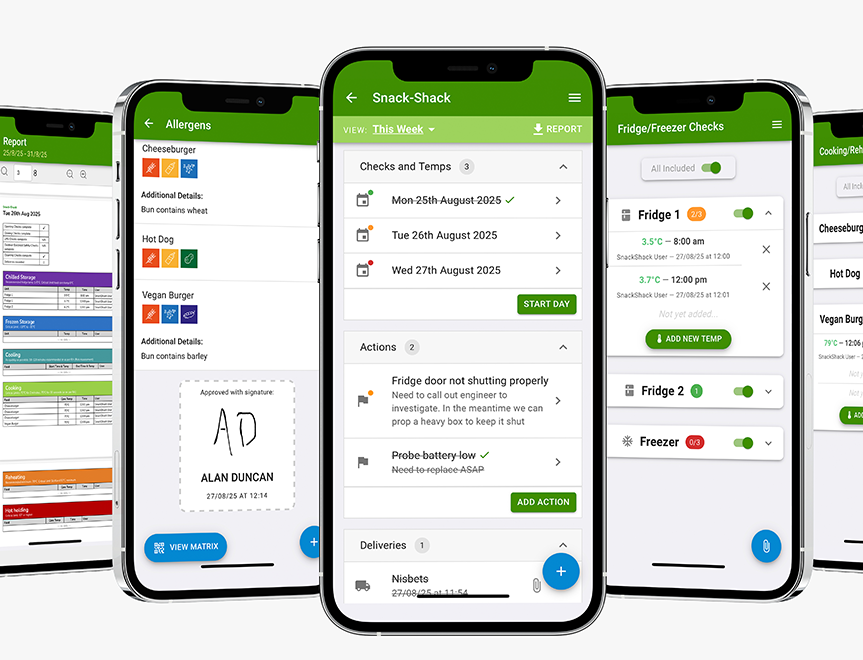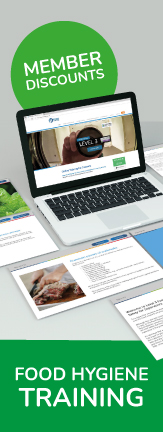If, like me, you grew up in the golden age that was the 90’s/00’s, you may remember that the most complex decision come lunchtime was choosing between cheese or ham for your sarnie – if you were feeling particularly adventurous, you might have splashed out on both and added a bit of salad cream. Back then, sourdough hadn’t yet ‘risen’ in popularity and sandwich shops were purely functional spaces designed for budget-conscious office workers grabbing something quick and cheap. A sarnie was a British staple, but nothing you’d ever hunt for on a menu when treating yourself to a meal out.
Fast-forward to 2025, and that same simple sandwich has become the hottest trend in British food.
The numbers don’t lie, over £512 million was spent by UK consumers on sandwiches in 2022 alone – a staggering £66 million increase from the previous year. We’re not talking about a niche market here; we’re talking about a £4.4 billion food-to-go industry where sandwiches command a commanding 20.2% share.
The Perfect Storm Behind Gourmet Sandwich: What’s Caused this Shift?
The sandwich take-off hasn’t happened overnight. There’s been a gradual uptake in people craving comforting, familiar staples that can be purchased on a budget. Here’s just some of the factors that have contributed to the revival of the humble sandwich.
Hybrid Working Revolution: 87% of lunches in Britain are now consumed at home due to the increase of home working – The Sandwich & Food to Go Industry Awards. Workers now have the flexibility to seek out quality over convenience, and they’re using that freedom to upgrade their lunch experience dramatically.
Elevated Consumer Expectations: The foodie culture that emerged in the 2010s (think gourmet burgers, craft coffee, artisan everything) has raised the bar for all food categories. Consumers who became accustomed to premium versions of traditionally simple foods now expect the same elevation applied to sandwiches.
Social Media Influence: Instagram and TikTok have made food presentation crucial. A perfectly constructed sandwich with eye-catching layers and artful presentation is inherently photogenic, creating organic marketing that drives demand. The visual appeal translates directly to social engagement and word-of-mouth buzz.
Quality Without Compromise: Research shows that 65% of the UK population is open to reducing meat intake but refuses to compromise on taste and quality – The Sandwich & Food to Go Industry Awards. This has pushed sandwich makers to innovate with premium plant-based options and higher-quality ingredients that traditional grab-and-go providers haven’t matched.
Experience Economy: Modern consumers don’t just want food – they want experiences, stories, and craftsmanship. Gourmet sandwich shops offer theatre (watching the construction), heritage (authentic cultural influences), and personal connection that mass-produced alternatives can’t replicate.
Post-Pandemic Comfort: After years of uncertainty, there’s something deeply comforting about the sandwich’s fundamental simplicity, yet within that simplicity lies infinite possibility for creativity and personalisation. It represents both familiarity and adventure.
TV Culture: Programmes like The Bear which was a huge hit post-pandemic could have played a part in boosting demand for sandwiches. The Original Beef of Chicagoland as it was named in the show, was eventually transformed into a fine dining restaurant, however, viewers were treated to an immersive story prior to that which portrayed how far less elevated dishes can be soul-satisfying. Characters like Marcus, who becomes an obsessive baker who wants to produce the perfect doughnut embody the artisan mindset that’s driving the UK sandwich revolution – the idea that any food, no matter how humble, deserves obsessive attention to detail.
Success Stories
Sandwich drew queues around the block with their elaborate creations. Chatsworth Bakehouse started as a lockdown project and became one of South London’s most talked-about destinations. Rogue Sarnies and Dom’s Subs have built cult followings that rival any high-end restaurant.
But the real story is how this success has spread nationwide. Cardiff’s Bomber’s creates the same queue phenomenon with their gigantic sandwiches and permanent lunchtime lines. Manchester’s Fat Pat’s has become a local institution, while Leeds’ Silver’s deli proves that regional markets are just as hungry for elevated sandwich experiences. These regional champions understand something crucial – applying universal principles of quality and creativity to local tastes.
These aren’t accidents – they’re blueprints. Each of these success stories started with entrepreneurs who saw what the burger pioneers achieved and applied those same principles to sandwiches. Premium ingredients, Instagram-worthy presentation, and that crucial element of theatre that turns a simple meal into an experience.
While locally sourced meats, artisan breads, and house-made condiments are important, what truly sets these establishments apart is their obsessive attention to detail. Every element is considered, from the crumb structure of the bread to the precise ratio of filling to accompaniment. It’s restaurant-level thinking applied to sandwich craft.
These aren’t just grab-and-go transactions. Places like Dal Fiorentino bring authentic Florentine flatbread culture to Britain, while Shree Krishna Vada Pav introduces the theatre and tradition of Maharashtrian street food. They’re selling stories, heritage, and cultural connection alongside their sandwiches.
From Grab & Go to Gourmet
The rise of the gourmet sandwich is more than a trend—it’s a shift in the way we eat, experience, and connect through food. It’s about celebrating craftsmanship, embracing creativity, and recognising that even the most familiar dishes can become extraordinary with the right vision.
Have you noticed a rise in gourmet sandwich offerings or is it something you’re now offering yourself? Let us know your thoughts at [email protected].






 Featured Training
Featured Training
OUR MEMBERSHIP
We're here to help make your catering business a success. Whether that be starting up or getting on top of your compliance and marketing. We're here to help you succeed.
Want our latest content?
Subscribe to our mailing list and get weekly insights, resources and articles for free
Get the emails